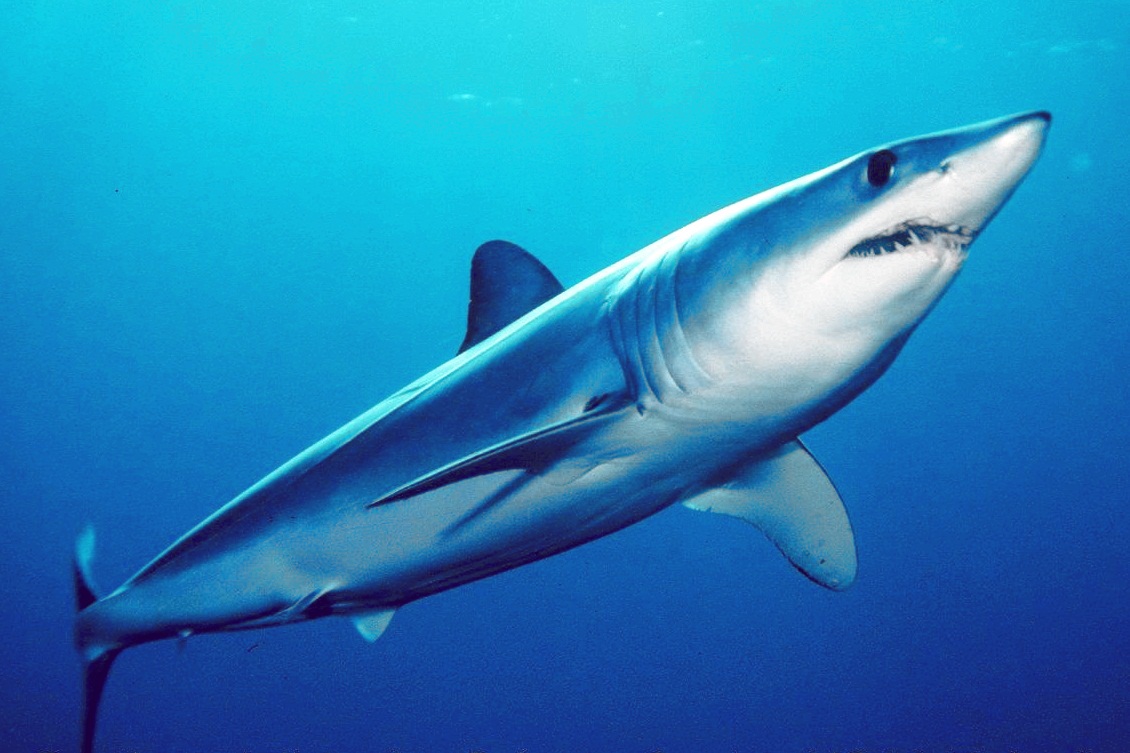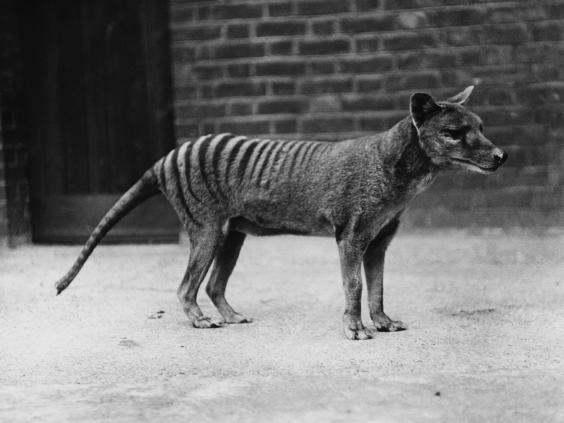Venus Fly Trap, or Dionea Muscipula, is considered to be a carnivorous plant which is native to most bogs and even swamplands. This may come from North and even South Carolina. Mostly, it would prey on most insects. These are true for they come with uniquely shaped terminal portion. This may be perceived on the leaves. The leaf would also go with its two leading regions. The first one is considered to be the broad and flat typical leaf. This is known to be the leaf-base. This has the capacity to carry out photosynthesis and it may even grow out of the whole ground. This comes with a trapping mechanism too. There is the leaf-blade on the other hand. This is referred to as the lamina at times. This may be made of two lobes and this would hinge together through a midrib.
Most of the Venus Fly Trap facts would say for sure that each of the leaf here goes with trigger hairs. This is apparent on the lobe there is. This is just normal. The edge on the trap though would be lined with its teeth, or even the finger-like coming with cilia. These are all laced together most especially as the trap shuts. The leaf-base, and even the leaf-blade would be joined together through the petiole. It is usually referred to as that.
There are many Venus Fly Traps that evolved, well almost all of them, evolved to be carnivorous. This is true because of the reality that soils they grow in somehow lack in key nutrients. These should not be the case these are fundamental to growing plants. The media soil that these Traps grow would have to be rich in nitrogen. However, for most of the time, it is the opposite. It should also be acidic. Without enough amounts of nitrogen, and then it would be hard for the plant to synthesize in order for them to earn protein. In order to supply nutrient to nitrogen, the insects have to be digested. Each and every insect that comes with a Venus Fly Trap would catch and then digest insects like that of a little piece of fertilizer. This is going to occur for every plant there is. At the end though, this will give off a small boost of nutrients in order for growth to be promoted.
How can these Venus Fly Traps victimize preys anyway? Usually, they would use their upper portion for this. This is also made possible because of the presence of anthocyanins. These are little pigments which would appear on the red or purple surface of a trap there is. The coloration on this sense would be the one responsible for drawing insects. But then, the trap would also secrete mucilage here. This is considered to be a kind of protein. When the insect finally landed on a particular leaf, it will begin and start to crawl. This is when the mucilage would lap it up. That is the usual process.


